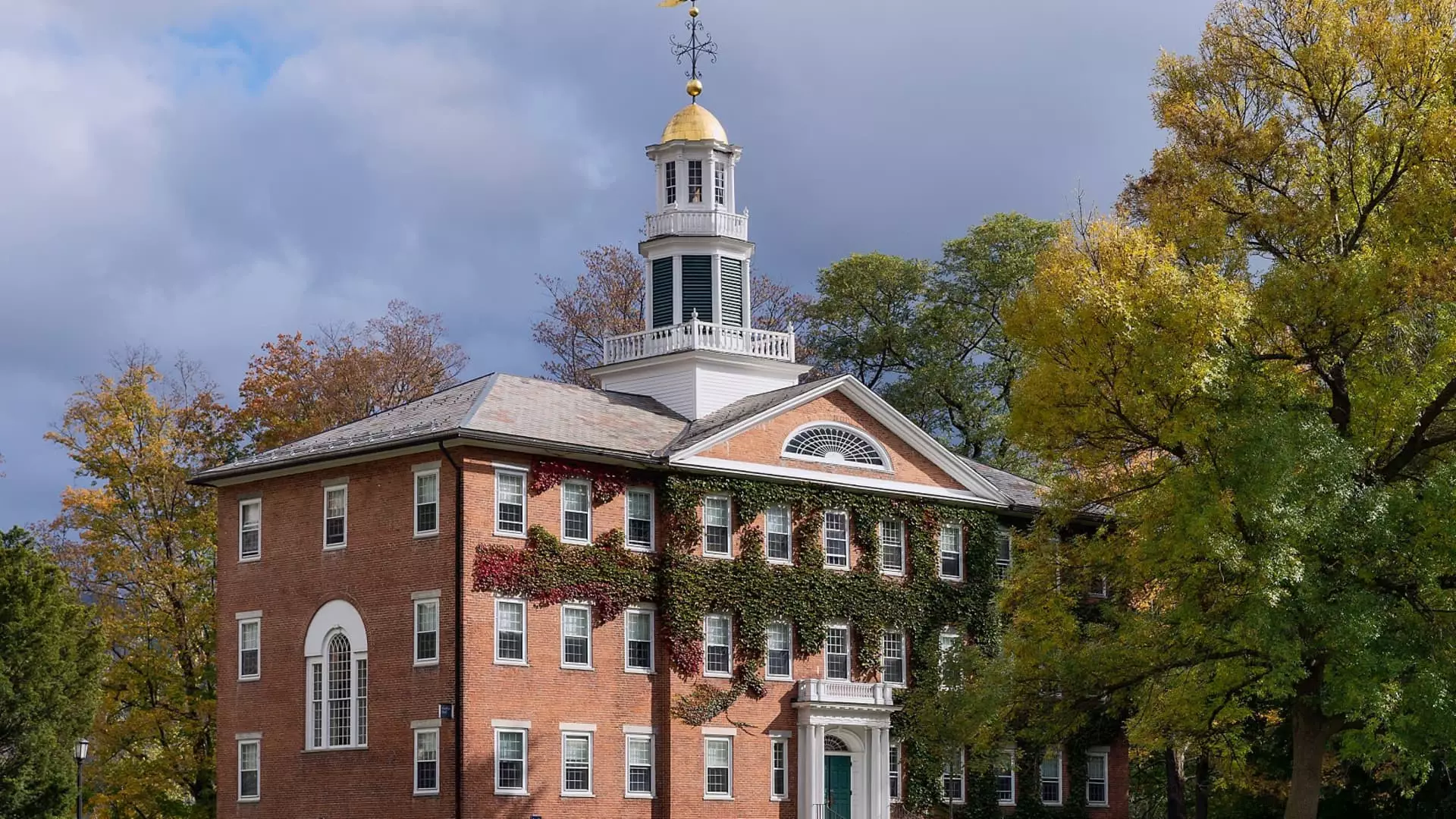The situation surrounding higher education funding in the United States is grim, especially in a time when financial access should be a priority rather than a privilege. College tuition rates have accelerated past the pace of inflation for decades, with a staggering 5.6% annual increase since 1983, according to a recent J.P. Morgan Asset Management study. The cost of a private four-year college has ballooned to an average of $58,600 for the 2024-25 academic year, a figure that reflects not merely educational expenses but a growing societal crisis. This relentless upward trend demonstrates how education is increasingly becoming a luxury that only the affluent can truly afford, while those from lower and middle-income backgrounds are left scrambling to keep up.
Meanwhile, public universities are not immune to this financial crisis. Even in-state tuition is moving in the same worrying direction, averaging $24,920, compared to $24,080 the prior year. These numbers are more than mere statistics; they represent barriers to educational attainment and economic mobility for countless students. As the cost of education skyrockets, one thing remains tragically consistent: the institutions that once promised access and opportunity are now erecting insurmountable economic hurdles.
A Disconcerting Policy Shift
Recent proposals from the Trump administration have sparked outrage among students and educators alike, as the budget for fiscal 2026 aims to slash the maximum federal Pell Grant award from $7,395 to a pitiful $5,710. This type of regressive approach to education funding is appalling. Pell Grants are often the lifeblood for low-income students, making a college education attainable for those who would otherwise see it as an impossible dream. By cutting these essential funds, policymakers are not just shrinking an important financial safety net; they’re further entrenching social inequality.
It’s disheartening to think that such budgetary decisions will affect millions of aspiring college students. The federal work-study program is also on the chopping block, reflecting a broader trend of diminishing financial support at a time when students are in dire need of economic relief. How can we expect to cultivate a knowledgeable, skilled workforce when the pathways to education are systematically being dismantled?
The Myth of Financial Aid
While financial aid packages may create an illusion of accessibility, they often come with strings attached. College administrators argue that the real cost students pay after scholarships and grants is what truly matters. Yet, who are we kidding? The “magic word” of financial aid, as Robert Franek of The Princeton Review suggests, masks a grim truth: most grants do not cover the total cost of attendance. Even at prestigious institutions, where average grants can be upwards of $66,000, students still find themselves grappling with thousands in out-of-pocket expenses. The strategy of marketing large scholarships while maintaining exorbitant sticker prices is a ploy that benefits colleges more than it helps students.
As anxiety about tuition costs intensifies, students and their families are increasingly scrutinizing these financial packages, weighing true affordability. The financial illusion cast by inflated sticker prices and flashy promotional materials cannot obscure the stark reality: college is becoming prohibitively expensive, and this crisis is breeding a wave of dissatisfaction that threatens the very foundation of American higher education.
The Importance of Accessibility and Equity
The current trajectory of American higher education indicates a perilous shift away from accessibility and equity. With the rising costs exacerbated by cuts to financial aid, we must question the vision we have for education in our society. Institutions should prioritize the delivery of quality education rather than becoming profit-driven entities that prioritize financial gain over student welfare.
Educational attainment should not be a dream just for the privileged few. As leaders in education, policymakers must reimagine the federal student loan system and higher education funding as a right, not merely a service. Without such a monumental shift in ideology, the trend of exclusion and disparity will likely continue, enshrining economic divisions for generations to come.
This is a pressing call to reevaluate our values. A failure to act decisively today sends a grim message: the pursuit of knowledge is for sale, and for too many, the price is simply too high.

